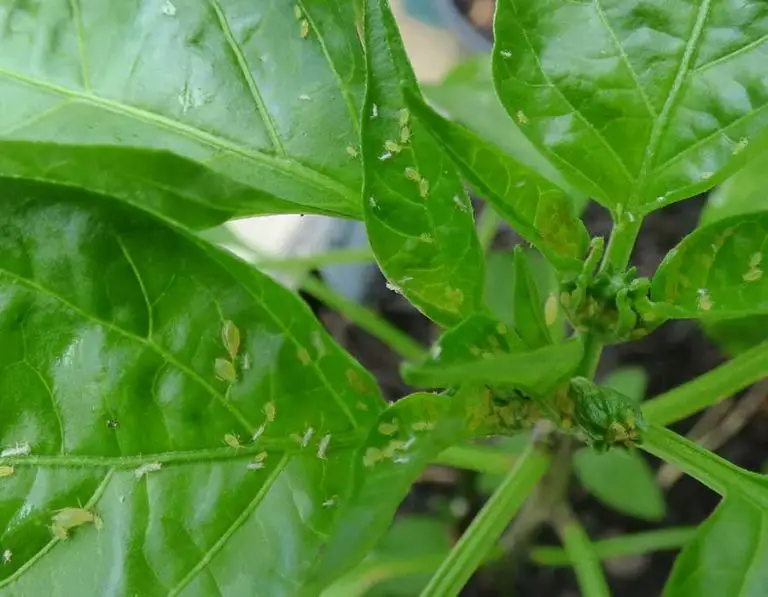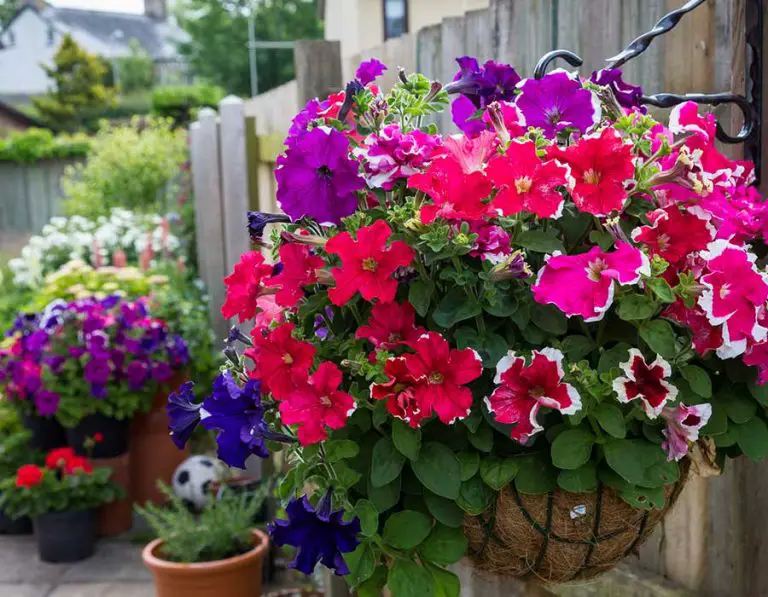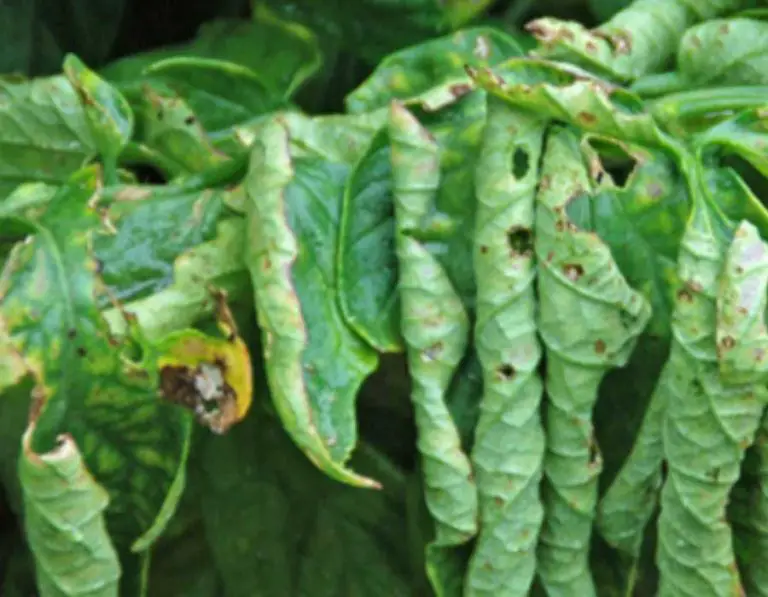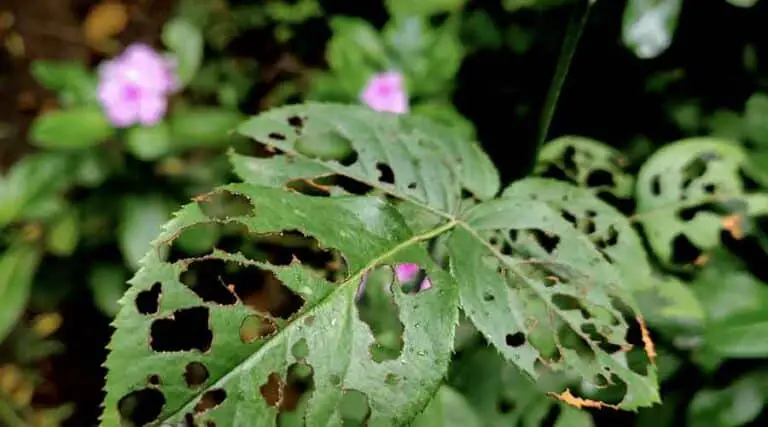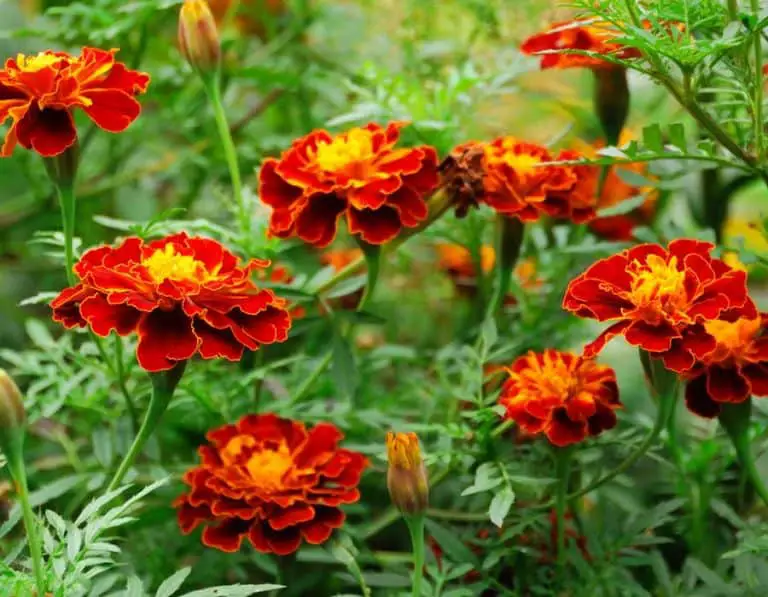What’s Eating My Kale Plants? 6 Kale Pests & What To Do
As a gardener, I’ve often noticed that my kale plants sometimes fall victim to various pests and diseases. It led me to wonder: what could be eating my kale plants? Through thorough research and personal experience, I’ve discovered that several culprits are often responsible for the damage done to these delicious and nutritious leafy greens.
The most common pests that enjoy feasting on my kale plants include aphids, cabbage worms, and slugs. Aphids are small, soft-bodied insects that can rapidly multiply and are known to cause holes and yellowing leaves. Cabbage worms, on the other hand, are small green caterpillars that can blend in with the kale leaves and quickly chew through them. Slugs, slimy creatures that leave a telltale trail of mucus behind, can also cause substantial damage to the tender leaves of kale.
In order to keep my kale plants healthy and growing, I had to learn and implement ways to prevent and control these pests. This ranged from using organic pest control methods to ensuring proper garden maintenance and hygiene. With the proper tools and knowledge, it’s possible to enjoy a bountiful harvest of kale without leaving it all to the mercy of these persistent garden invaders.
Common Pests Affecting Kale Plants
In my experience growing kale, I’ve encountered a variety of pests that love to munch on these nutritious greens. In this section, I’ll discuss some common pests that I’ve dealt with on my kale plants, and provide some helpful tips to manage them.
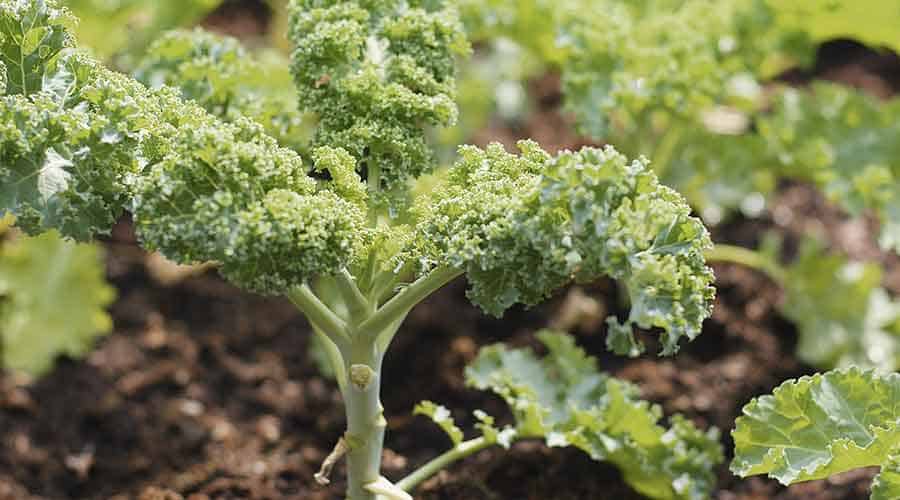
Cabbage Worms
I often find cabbage worms on my kale plants. They are small green caterpillars that blend in with the leaves, making them hard to spot. Some ways to control them include:
- Regularly inspecting the plants and hand-picking the caterpillars.
- Using row covers to prevent moths from laying eggs on the plants.
Aphids
Aphids are small insects that can cause damage to my kale leaves by sucking the sap. Here’s how I deal with them:
- Spraying a mix of water and dish soap on the leaves.
- Introducing beneficial insects like ladybugs that feed on aphids.
Slugs and Snails
These slimy pests love to chew on kale leaves, especially during wet conditions. I manage slugs and snails by:
- Using organic slug and snail baits around my garden beds.
- Setting up simple traps, like a saucer of beer, to attract and drown them.
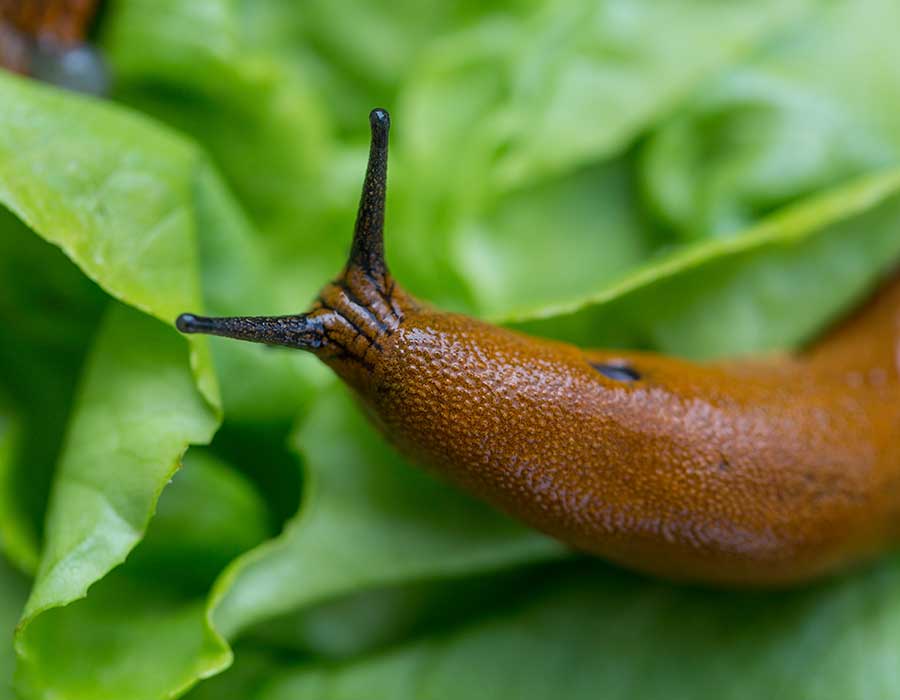
Flea Beetles
Flea beetles are tiny insects that jump and create small holes in the kale leaves. To control flea beetles, I:
- Use sticky traps to catch them.
- Sprinkle diatomaceous earth around my plants.
Harlequin Bugs
Harlequin bugs can cause significant damage to my kale plants by sucking their sap. My preferred methods of controlling them are:
- Hand-picking and disposing of them in soapy water.
- Planting companion plants like marigolds to deter them.
Cabbage Aphids
Cabbage aphids are small, gray-green insects that cluster on the underside of kale leaves. I keep these pests in check by:
- Regularly inspecting my plants and hosing off the aphids with water.
- Using neem oil spray as a natural pesticide.
Symptoms and Damage
As I tend to my kale plants, I’ve noticed several symptoms and types of damage that indicate the presence of pests. In this section, I’ll discuss the main symptoms and damages I’ve encountered, which include visible pests, holes in leaves, discoloration, and stunted growth.
Visible Pests
At times, I’ve observed visible pests on my kale plants. These pests can include:
These pests can weaken the plants by sucking out their sap or feasting on their foliage.
Holes in Leaves
I’ve found irregularly shaped holes in the leaves of my kale plants on several occasions. This damage could be caused by pests like caterpillars, slugs, or snails, which feed on the leaf tissue, leaving behind unsightly holes. This not only affects the overall appearance of the kale but can also hinder the plant’s ability to effectively photosynthesize and grow.
Discoloration
Discoloration of the leaves is another symptom I’ve observed on my kale plants. This may manifest as yellowing, browning or wilting leaves, which could indicate:
- Nutrient deficiencies caused by pest-related root damage.
- Disease spread by certain pests like aphids or whiteflies.
- Overfeeding by pests – affecting the plant’s overall health.
It’s essential to address discoloration as it hinders the plant’s overall vigor and ability to produce healthy leaves.
Stunted Growth
I’ve also noticed stunted growth in some of my kale plants affected by pests. Certain pests, such as aphids or whiteflies, can transmit viruses that weaken the plants, while root-damaging pests like grubs can deprive kale plants of vital nutrients. This ultimately results in an overall reduction in growth and productivity.
Prevention Methods
In this section, I will discuss various prevention methods to protect kale plants from pests. These methods include cultural practices, crop rotation, natural predators, and barriers.
Cultural Practices
As a gardener, I maintain healthy soil and garden hygiene to prevent pests from ravaging my kale plants. Here are some steps that I follow:
- Regularly weed the garden, as weeds may harbor pests.
- Avoid over-fertilization, as excessive nitrogen can attract pests.
- Trim and dispose of damaged leaves, as they can attract pests.
Crop Rotation
I practice crop rotation to reduce the buildup of pests in the soil. By changing the types of crops grown in a particular area each season, I can confuse and deter pests.
For example, I avoid planting kale in the same location two years in a row. Instead, I rotate it with other plant families like tomatoes, onions, or beans.
Natural Predators
To encourage the presence of natural predators, I plant flowers and herbs near my kale plants. These beneficial insects will help keep pest populations in check. Some natural predators I attract include:
- Ladybugs, which feed on aphids.
- Braconid wasps, which parasitize cabbage worms.
- Praying mantises, which consume a variety of pests.
Barriers
I use physical barriers to protect my kale plants from pests. Some of the barriers I employ include:
- Floating row covers, which prevent pests from landing on the kale plants.
- Collars made of cardboard or aluminum foil, placed around the plant’s base, to prevent cutworms from reaching the stem.
By utilizing these prevention methods, I can maintain healthier kale plants and minimize the impact of pests in my garden.
Organic and Chemical Control Options
When I discovered that something was eating my kale plants, I decided to delve into organic and chemical control options. This led me to research various methods and pesticides to help protect my plants. In this section, I will share my findings on organic and chemical pesticides, as well as an integrated pest management approach.
Organic Pesticides
Organic pesticides are made from natural ingredients and can be less harmful to the environment and beneficial insects. Some popular organic pesticides I came across are:
- Neem oil: Derived from the neem tree, neem oil works as both a repellent and a contact pesticide. It’s effective on a wide range of pests, including caterpillars, aphids, and mites.
- Bacillus thuringiensis (Bt): This is a soil-dwelling bacterium that produces toxins that specifically target caterpillars, including those that commonly feed on kale. It is safe for humans and many beneficial insects.
- Spinosad: A natural substance produced by a soil bacterium, Spinosad targets many pests and is particularly effective against caterpillars and leaf miners.
Chemical Pesticides
Chemical pesticides are synthetic options that can be stronger and faster-acting than their organic counterparts. However, they might also pose a greater risk to the environment and beneficial organisms. Here are some chemical pesticides I considered for my kale plants:
- Acephate: This systemic insecticide is effective against a wide range of pests, including caterpillars, aphids, and mites, but may also harm beneficial insects and pollinators.
- Carbaryl: A contact pesticide that works on a variety of pests, including caterpillars and beetles. However, it should be used cautiously due to its potential harm to beneficial insects.
- Cyfluthrin: A synthetic pyrethroid insecticide effective against many pests, including caterpillars and leaf miners, but potentially harmful to beneficial insects and aquatic life.
Integrated Pest Management
I also looked into the integrated pest management (IPM) approach, which focuses on a combination of techniques to reduce the need for chemical pesticides. Some IPM strategies I learned about include:
- Regular monitoring: Inspecting my kale plants frequently and taking action promptly when I see potential pests.
- Introducing beneficial insects: Encouraging natural predators like ladybugs and lacewing larvae by planting their preferred plants nearby.
- Maintaining plant health: Ensuring my kale plants are getting the right nutrients and watering them properly to prevent additional stress that can make them more susceptible to pests.
- Using barriers: Placing floating row covers to prevent pests from laying eggs on the plants or physically reaching them.
After researching these options, I feel better equipped to protect my kale plants and choose the most appropriate control method for my specific situation. I hope this information helps you too!

